Biodiversity is receiving much attention at the moment, not least among landscape architects in Australia. In 2018, David Maddox on this website posed the following provocation: “Landscape architects are the practitioners of biodiversity’s meaning through their acts of shaping nature into ‘spaces’. They have their hands on definitions of biodiversity that they use in their work, and that we experience in the landscapes they create. But they aren’t necessarily the same definitions as a scientist’s. Or even a regular person’s. So, how do landscape architects view the word ‘biodiversity’? How does it find meaning in their work?” Twelve landscape architects from around the world responded in a fascinating variety of ways.
I came upon this roundtable when considering the importance of a single definition of biodiversity to guide landscape architects’ work, a definition also shared with other professions. The roundtable showed that landscape architects thought of biodiversity and how it informed their work in different ways. Nevertheless, every response acknowledged the importance of increasing the abundance of all floral and faunal species in the landscape.
There is no single definition of biodiversity. It is a contraction of the term “biological diversity”, initially used by T.E. Lovejoy in 1980 in The Global 2000 Report to the President. It was first defined, in this extended form, in 1992 by the United Nations Convention of Biological Diversity. The convention’s current formal definition, dated 11.2.2006, is “the variability among living organisms from all sources including, inter alia, terrestrial, marine, and other aquatic ecosystems and the ecological complexes of which they are part; this includes diversity within species, between species and of ecosystems”. In contrast, the United Nations Environment Program (UNEP) defines biological diversity, or biodiversity, as “the variety of life on Earth and the natural patterns it forms. The biodiversity we see today is the result of 4.5 billion years of evolution and, increasingly, of human influence as well. It forms the web of life, of which we are an integral part and upon which we so fully depend”. These contrasting definitions, even within the United Nations, illustrate the lack of consensus.
Does it matter that there is no single, shared definition of biodiversity? Ian Swingland in 2001 asserted that “biodiversity is a populist word invented for convenience” and as such is indefinable. Three years earlier, Michèle Kaennel had referred to the “utopia of a non-ambiguous definition”. Nevertheless, both regarded the definition of biodiversity as essential to guide natural resource management, which requires measurable attributes. This is where the commonly quoted UN definition falls short. It also doesn’t clarify how to deal with non-indigenous or exotic plants. Do these contribute to biodiversity?
Landscape architects work with both natural and man-made landscapes. Man-made landscapes, especially in cities, often include exotic plants. There has been quite a vigorous discussion in scientific literature about what constitutes biodiversity. In 1994, Paul Angermeier distinguished native and artificial diversity. He argued that total biodiversity includes aesthetic, utilitarian, and ecological values, to which artificial diversity contributes. However, “in most cases, especially valuable elements are natural products of evolutionary processes and are therefore components of native diversity” (p. 601). He concluded that native diversity should be the focus of conservation efforts, continuing that “[a]rtificial diversity is no substitute for native diversity in terms of societal value or ecological function, and it should not be considered a substitute for native diversity in conceptions of biodiversity” (p. 601). Indeed, artificial diversity, such as invasive alien species, can contribute to biodiversity loss. In contrast, Don Delong included all biotic communities, including those altered by humans, in his definition of biodiversity, published in 1996. Given the activity of landscape architects across natural and man-made landscapes, on projects with a huge variety of objectives, which might specifically include conservation and natural resource management but might not, his definition of biodiversity seems most useful:
“Biodiversity is a state or attribute of a site or area and specifically refers to the variety within and among living organisms, assemblages of living organisms, biotic communities, and biotic processes, whether naturally occurring or modified by humans. Biodiversity can be measured in terms of genetic diversity and the identity and number of different types of species, assemblages of species, biotic communities, and biotic processes, and the amount (e.g., abundance, biomass, cover, rate) and structure of each. It can be observed and measured at any spatial scale ranging from microsites and habitat patches to the entire biosphere” (p. 745).
Its usefulness, though, is not confined to landscape architects. This definition can be a shared, common definition of biodiversity, for use by all participants in a project, regardless of profession or discipline. It allows communication between project team members, with a shared understanding and common goals. What counts as biodiversity in each project, be it native or artificial, including novel ecosystems, can be identified in the project brief with specific management or monitoring objectives depending on the context and social values.
Perhaps the most important contribution that landscape architects make to enhancing biodiversity in their projects is their interpretation of biodiversity for the specific site context. In the roundtable, Mohan Rao stressed the importance of the geographical, social, ecological, and cultural aspects of that context and the role of landscape architects to provide a nuanced interpretation of biodiversity as they design places.
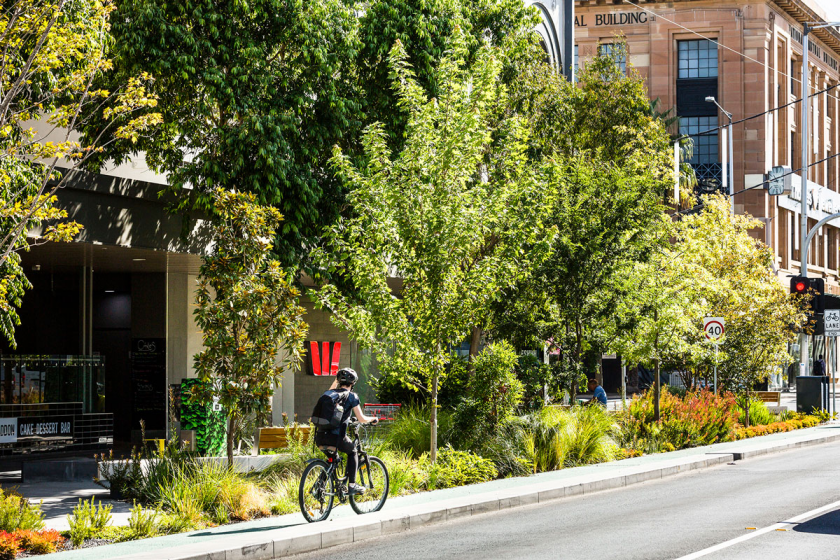
The role of the landscape architect is not as an ecologist but to create a place for the landscape’s inhabitants. In doing so, the landscape architect works across multiple disciplines, including the sciences and the arts, to develop a design solution. Depending on the project, different emphasis is given to different knowledge, but context is always critical. Thus, in the city, usually designed for humans as the primary inhabitants, flexibility must be accepted in the pursuit of biodiversity to create places that meet human needs. In a world of changing climate and an emphasis on sustainability and resilience, this might mean that artificial diversity is given priority in some instances over native diversity. A simple example in Australia, where most indigenous trees are evergreen, is the use of exotic deciduous trees in cities for summer shading, cooling, and winter solar access.
Biodiversity-positive design is a response by landscape architects to enhance biodiversity in their work in cities. How this is implemented is still being developed. One challenge is to assess the success of conserving or enhancing biodiversity in a design project. Landscape architects might not be able to quantify the impact of their work on biodiversity as metrics. An alternative is to adopt principles, such as criteria or targets, to inform their design. I am aware of two approaches, which overlap to an extent. One involves five principles for biodiversity-sensitive urban design:
- maintain and introduce habitat,
- facilitate dispersal,
- minimise threats and anthropogenic disturbance,
- facilitate natural ecological processes, and
- improve potential for positive interactions between humans and nature.
These principles overlap with another approach involving seven principles for planning for urban biodiversity:
- protect remaining ecological assets and habitats,
- connect biological populations and habitats,
- construct diverse and complex habitats to attract or retain biodiversity,
- ensure cycles that mimic natural flows,
- facilitate interactions within and between ecosystem elements,
- ensure benevolence of urban infrastructure to reduce negative impacts on biodiversity, and
- support novel ecosystems and ecological communities.
One thing is certain, though: landscape architects care deeply about biodiversity in their work. A shared definition of biodiversity will help them with this.
Meredith Dobbie
Victoria

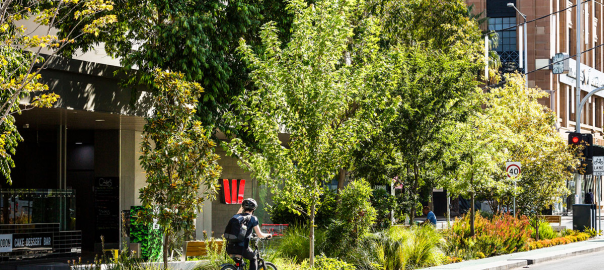






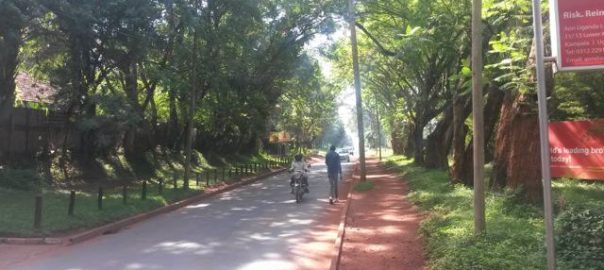
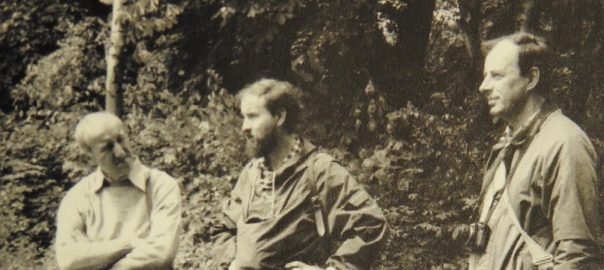
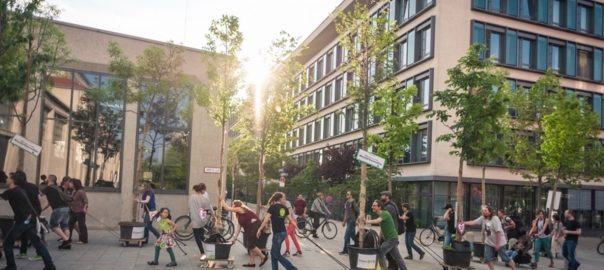

Great article, Meredith! i like the Don Delong definition – while not explicit, it implicitly acknowledges the idea of functional diversity (see Petchey and Gaston, 2006,https://onlinelibrary.wiley.com/doi/full/10.1111/j.1461-0248.2006.00924.x). While typically a topic of ecological research, functional diversity “…involves understanding communities and ecosystems based on what organisms do, rather than on their evolutionary history” (Petchey & Gaston). This understanding could be seen as part of the toolkit of the landscape architect and urban designer; it meshes nicely with the notion of green (or living) infrastructure. Why is this so important now? Our changing climate means that even local indigenous species, co-evolved over hundreds of millennia with local soils, climate, water regimes may no longer be able to cope with substantially altered conditions. So we need tore-imagine how best to preserve, enhance, restore – and create – urban ecosystems which maximise provision of ecosystem services, including connection to place and (human) communities.